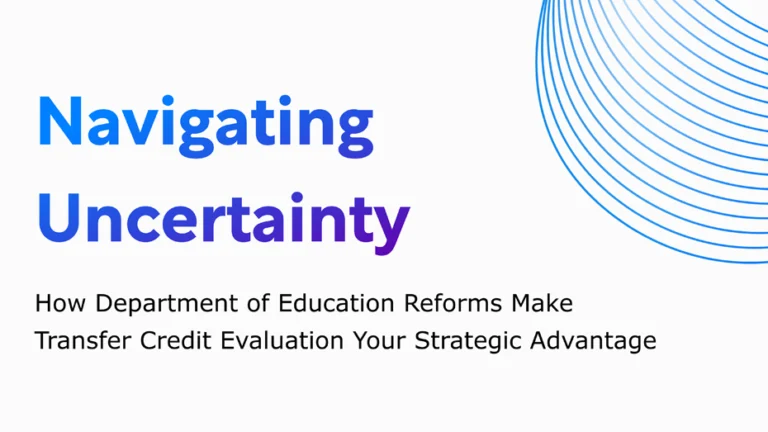An Emerging Trend: Digital Mobile Banking
Digital and mobile banking are opening new worlds of service for clients and new opportunities to create advantages for institutions. Customers access their accounts and apply for loans or other forms of credit without stepping through a traditional, brick-and-mortar location. More financial institutions aim to automate loan processes and engage with Millennial customers, who live in an increasingly mobile world. Before jumping into a discussion of digital mobile banking trends, let’s first be clear on terminology.
Digital Mobile Banking Terminology
- Online Banking – According to Nnamdi Azodo, Product Owner at ALAT Digital Bank, “Online Banking is a service that allows customers of a bank (or other financial institution) to carry out basic banking transactions over the internet, usually on the bank’s website.” Examples of common online banking functionality include account management, electronic bill pay and electronic funds transfer.
- Mobile Banking – Mobile banking is an extension of online banking where banking transactions are completed on a phone or tablet form factor. Generally, customers conduct mobile via an app. Customers access online banking via laptop with a secure connection to the bank’s website.
- Digital Banking – The application of technology to all banking activities, processes, and programs that provides a simple and elegant customer experience. One benchmark for a successful digital banking initiative is whether the customer can successfully avoid presenting themselves at a physical bank location.
Why Digital Banking?
According to Stanley Epstein, Director of Citaden Advantage LTD, there are a number of good business reasons for adopting digital banking. There are good reasons for both banks and their customers to embrace digital trends.
Benefits for Banks
Digital banking is estimated to reduce banking operations between 20 – 40%. Lower expense cause profits to rise. Digital banking lowers operating costs through the reduction of staffing. Banks can consolidate staff to a single banking center with employees available to customers via mobile, PC or kiosk. They can also experience a significant reduction in expensive back-end processing operations and clerical errors by automating data capture and workflow. Furthermore, real estate expenses will also trend lower when banks eliminate branches or to shrink to kiosk size. Though rationalizing legacy IT systems can be contentious, the banks who make this change will enjoy agility and will be better prepared to serve the Millennial market segment in the manner they desire, which is key to future growth.
Benefits to the Customer
Customers benefit from digital banking through “always-on” bank services – from virtually anywhere. The best banks offer all of their products and services digitally from the device of choice – securely. Warnings, spending trends, savings programs, calculators of various sorts and more all help customers better manage their money. This leads to the increased competition and consumerism that drives enhanced customer experiences. The creation of digital marketplaces improves access and increase competition for new business. Student loans, home mortgages and more will likely utilize this model. And, as competition heats up and banks implement automated workflows, fees are likely to trend lower.
Trends to Watch
McKinsey identified several value propositions that banks around the world should provide to their digital customers. Among them are a simplified core offering, intuitive digital interfaces, and a personalized online experience. Digital mobile banking has taken many forms. Sometimes innovation is the key to serving customers in a way that gives institutions a competitive advantage over their peers. For example, some Polish customers use smartphone apps to request a “mobile ATM,” while Indonesian customers are beginning to benefit from “floating banks” if they live on islands. To be considered a digital bank, McKinsey believes customers should have easy access to multiple channels, both digital and physical, and be able to take advantage of paperless transactions.
Success Criteria
For digital mobile banking to be successful, bank executives need to ensure that the link between traditional branches and digital channels is easy to use and also capable of processing complex transactions. McKinsey & Company encourages banks to offer accounts receivable and cash-flow analysis services, help people saving for retirement, determine the best rates for maturities, and add more internal analytics to study customer data as part of their strategies to engage digital customers.
Clearly the banking industry is on the cusp of some big changes. Emerging markets have the advantage of the late start that is readily documented in post world war II Japan. As a result, young IT infrastructure, banking case studies from established markets and significantly different regulatory structures all give digital banking a head start in emerging markets.
To learn more about how ProcessMaker is supporting banks in emerging markets, visit the financial case studies on our website.





